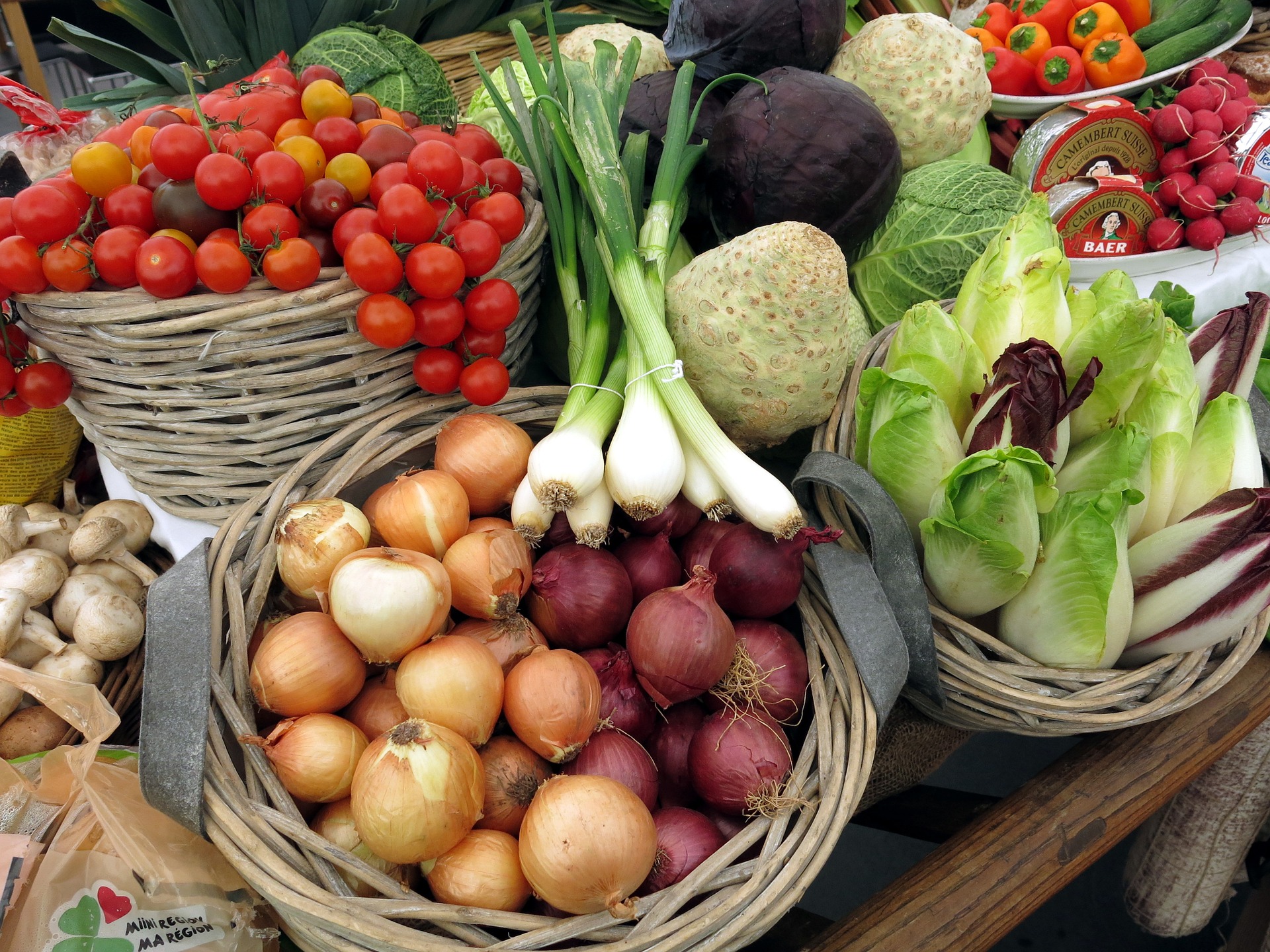
The modern consumer is seeking more from the agrifood sector. And we’re seeing changes as a result.
It’s no secret we’re changing the way we look at food.
More of us want to know that our food is good for us and for the planet. Our 2019 economic analysis, Growth opportunities for Australian food and agribusiness, estimated the combined market for healthy and sustainable food products could reach $25 billion by 2030.
As a result, the agrifood sector, which is defined as food and drinks produced directly from farms, is recognising and responding to these trends. We show you how.
The modern consumer
Dr Michiel van Lookeren Campagne is our Agriculture and Food Director. He says that “consumers want healthy, sustainably and ethically produced foods.”
One in three Australians now consciously limit their meat consumption, according to a study commissioned by Food Frontier & Life Health Foods (PDF, 961KB). People’s reasons vary, but many are motivated by concerns about the contribution of livestock to climate change and animal welfare.
And this extends beyond consumer food preferences. One example is the Strength of Purpose study, which surveyed 8000 consumers worldwide and 75 companies and brands. It consequently found that global consumers are four to six times more likely to trust and buy from companies with a strong purpose and who align with their values.
Additionally, people are cooking less and are seeking convenient meals they can eat on the go. Especially if they’re healthy and sustainable. As a result, the ready-to-eat/prepared meals market is growing at 5.4 per cent annually in the Asia-Pacific region.
We’re seeing new businesses and new business models in response. In recent years, there has been a growth in farm-to-fork and paddock-to-plate restaurants and product sales. These aim to respond to the consumer’s desire to know where their food has come from and how it has been produced.

Australia’s reputation for high-quality food leaves it well placed to capitalise on opportunities in international export markets.
What does all this mean for Australian agrifood?
Farming in Australia needs to maintain its social licence to operate and respond to the consumer who wants healthy, ethical and sustainable food. That means the general public must accept its operations. Examples include transparency on the application of chemicals and contribution to greenhouse gas emissions.
Furthermore, food production and manufacturing businesses are under pressure to be more sustainable. This includes adopting processing technologies, reducing waste and utilising fully recyclable packaging.
“Research is key to driving innovation and technologies are needed to navigate these changes. Both for our changing dietary preferences and our ability to enter international markets for global consumers,” Michiel said.
“If we look at what our research priorities for food and agriculture were 20 years ago, much of our work was in cropping systems, disease control, horticulture improvement and genetic advances for livestock and crops.
“Now, while we continue to improve productivity in these sectors, we also do considerable research focused on growth areas. Examples include alternative proteins, aquaculture, food processing and digital technologies.”
To see what we’re doing in this space, read the full version of this article on ECOS.


28th March 2021 at 6:23 am
I am interested to learn about the trade off between growing demand for pre-prepared meals and a increasing desire for fully recyclable plastics. Are these trends likely to be representing different areas of the food consuming spectrum?
Or is there a genuine finding that the ready-to-eat meals are transitioning away soft plastics?
Reducing plastic while increase food safety and preservation whilst also reducing food waste is a mammoth, albeit essential aspiration.
26th March 2021 at 3:21 pm
I would like to see research into levels of salt added sugar preservatives colours etc used in producing meat substitutes. Are they just another processed food.